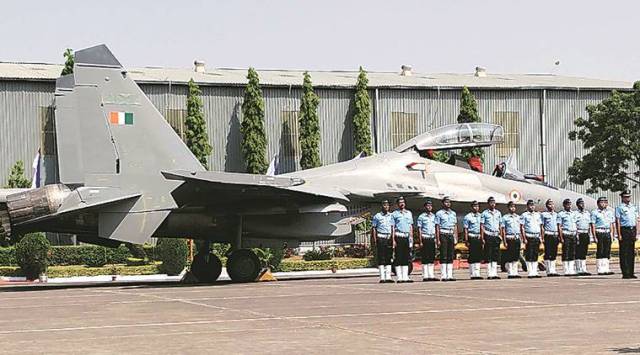The Indian Air Force (IAF) released a revised doctrine on Saturday, outlining the role of air power in India’s typical “no war, no peace scenario”. The doctrine emphasized the use of air power in a joint military strategy with other forces. Referred to as aerospace power, the doctrine highlighted the importance of defensive and offensive counter-operations being closely linked. Air Chief Marshal VR Chaudhari noted in the revised doctrine that network-centric warfare is essential for the IAF’s power projection, with operations conducted through an Integrated Air Command and Control System. The doctrine also discussed the benefits of aerospace power in a comprehensive military strategy, emphasizing the need for jointness in the Indian military.
In a detailed analysis of the “no war, no peace” environment, the doctrine stated that the IAF plays a crucial role in shaping external threats and demonstrated rapid air mobility and deterrence during the Eastern Ladakh standoff with China. It also highlighted the IAF’s successful counter operations in the 1971 Indo-Pakistan war, enabling offensive operations with freedom from enemy air assets.
The doctrine addressed the importance of air diplomacy, air force engagements for training and cooperation, and the demonstration of aerospace power in the NWNP environment. It advocated for a shift towards ‘capability demanded’ force requirements, the development of RD capabilities through private-public partnerships, and the establishment of robust joint structures.
Amid discussions on Russia’s ineffective use of air power in the war against Ukraine, Air Marshal Diptendu Choudhury (retd) emphasized the importance of coordination and leveraging air power for surface campaign objectives. He stressed that air power plays a significant role in offensive operations and supporting other services.
The IAF’s doctrine was first published in 1995, revised in 2007, and updated with an unclassified basic doctrine in 2012. The latest revision builds upon the 2012 document, with senior officers noting the need for periodic reviews due to rapid changes in global air power.











